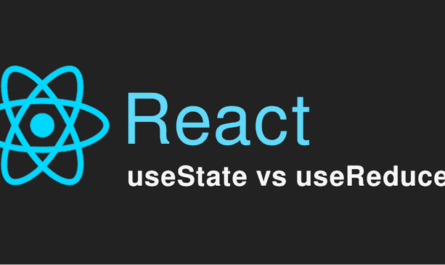querySelector() and getElementById() are both methods used to access elements in the Document Object Model (DOM) of a web page, but they have some differences. querySelector() is a more flexible method that allows you to select elements using CSS selectors, meaning you can use any valid CSS selector to select the element(s) you want. For example, you can use querySelector() to select an element with a specific class, or an element with a specific attribute value. getElementById(), on the other hand, is a method that selects an element by its unique ID attribute. This method is faster than querySelector(), especially when you are selecting an element by its ID, as it does not have to traverse the entire DOM tree to find the element.
Here are some examples of using querySelector() and getElementById():
<!-- HTML code in the html page-->
<div id="myDiv" class="myClass">Hello, world!</div>
//Javascript code in the back page
// JavaScript code using getElementById()
const myDiv = document.getElementById("myDiv");
console.log(myDiv.textContent); // Output: "Hello, world!"
// JavaScript code using querySelector()
const myElement = document.querySelector(".myClass");
console.log(myElement.textContent); // Output: "Hello, world!"
In the first example, we use getElementById() to select the div element with the ID “myDiv”. This method is faster than querySelector() since it only needs to search for the element with that specific ID.
In the second example, we use querySelector() to select the div element with the class “myClass”. This method is more flexible than getElementById() since it allows us to use any valid CSS selector to select elements. In this case, we used a class selector, but we could have used an attribute selector, a descendant selector, or any other valid CSS selector.
Happy Learning…

